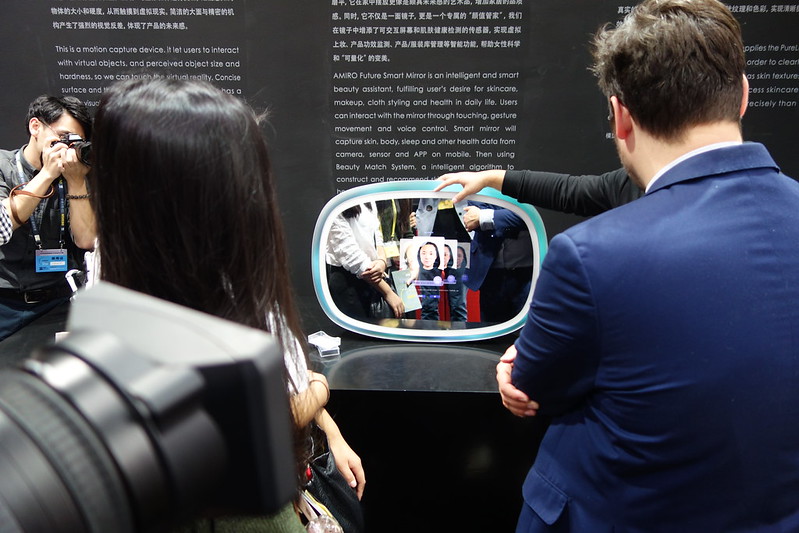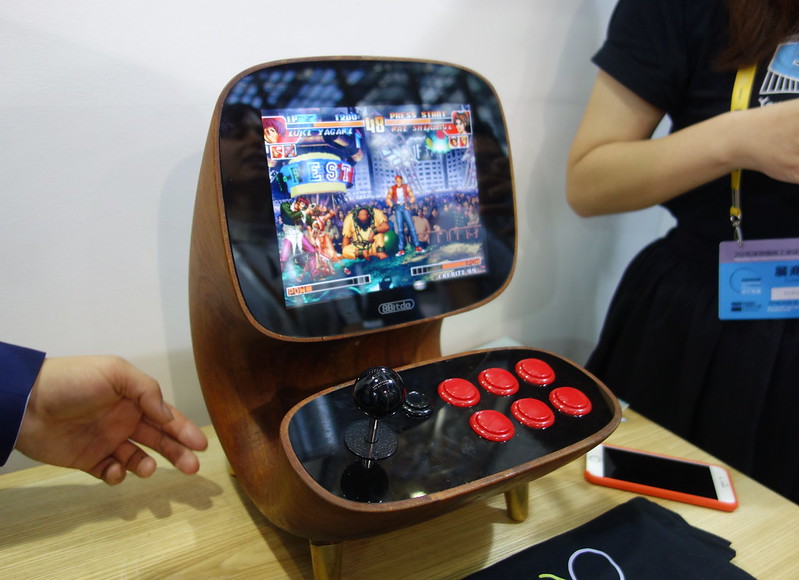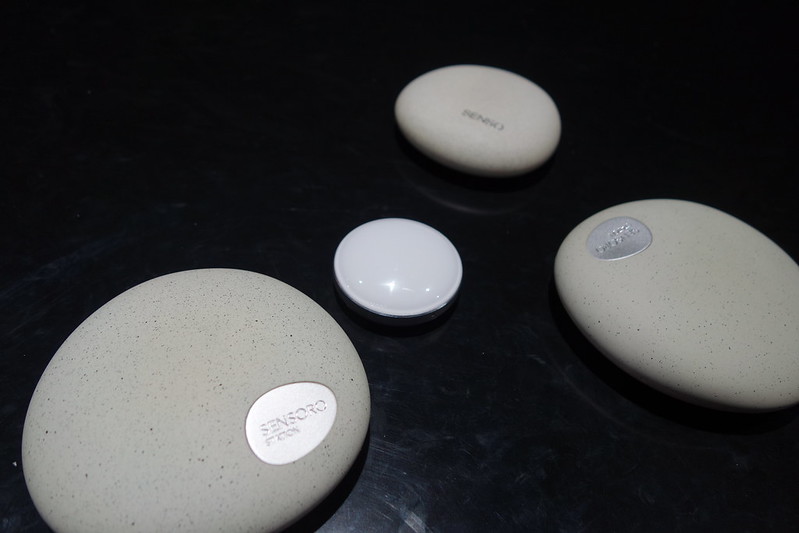This and the following blog posts aims to document a trip to Shenzhen, to the cradle of things. To read all blog posts in the series, click on the viewsource tag.
Please note: These are quick notes typed up while traveling. Apologies for any typos, missing links, etc.
A question we’ve been asking ourselves: What does craft look like in IoT? Does it exist? Is the notion applicable? If so, is it a distinction of deep knowledge, of build quality, of speed and scale?
///
We spent the day at Shenzhen Industrial Design Fair, an expo aimed to display Shenzhen’s design output. This might easily be one of the most concentrated meetings of maker of IoT products globally.
I’m struck by how accessible it all is, how easy to navigate. It’s not huge, not too dense, but all the big players in the IoT design world are here. (Alongside a few European guest exhibitors, like a maker of handmade-in-Germany furniture and a Dutch designer of cups, of all things). It might be my frame of mind on this trip, but the European exhibits feel old, the local designs are happening. Not everything is brand new or ground breaking, in fact lots of it is more evolutionary than revolutionary. But lots of what’s on display is high-end and solution oriented. The abstraction level is very high—I expect to drop from 10k feet to ground level tomorrow at the Huaqiangbei electronics market.
///
I spot an electric folding bike. It’s about 135€. I’m told this isn’t particularly impressive, we’ll see more, better options.
 Smart mirror including skin sensor and diagnostics
Smart mirror including skin sensor and diagnostics
 Beautiful game console prototypes
Beautiful game console prototypes
///
The crew has significantly grown over the last few days. In addition to Marcel, Harm, Michelle, Jan-Geert, Ahn and me the team now also includes two camera people and our translator Chris, and David Li.
///
Painting in broad strokes, design companies play a slightly different role in this ecosystem than in Europe or the US. Rather than focusing on concept work and refinement of products, the value here is in shipping. Ideation does not seem to be a big concept here. “This is business” I’m told.
Why, it seems to be the thinking, hire a design consultancy to run a workshop that defines the minimal viable product or core features if you can just build variations of the product and test them in the market under real-life conditions?
It’s a fundamentally different approach to figuring out market fit, one that only works in this ecosystem. Having access to cheap and fast manufacturing means you can do real world A/B testing. After 3 months you know what works.
This is also a way to hedge your bets. For a product design company, the risk and investment of a new product is high, the model is similar to VC funding. Maybe one in ten products is really successful. Raising the level of experimentation, by lowering the barrier to market testing, the overall risk is lowered.
There’s not really a distinction between “design” and “design for manufacture”. It’s all designed with manufacturing in mind, from the very first moment.
///
The traditional and dominant model is a partnership: Rather than just bringing a big bag of cash and buy the design and manufacturing straight up, revenue share is more common. Manufacturers are often willing to forego their upfront investments in designing a product for a partner in exchange for revenue share. All parties are in it together.
///
The Shenzhen infrastructure is not moral, it’s indifferent: It only depends on the entrepreneurs and what they want.
Our spidey-senses are tingling: Might this be an opening to embed our core values at the source?
///
Any IoT discussion these days naturally gravitates towards security. However, the market doesn’t favor (read: pay extra for) security. How bad is it and what are the options? For some perspective, we just saw a large-scale DDoS attack that used connected products (mostly security cameras that had used default passwords) as attack vector. At the same time, we see (even larger scale) DDoS attacks from infected PC botnets every day. That said, just because there are other bad issues shouldn’t mean it’s ok to ignore those IoT security issues. (How about having your smart thermostat taken hostage?)
So what are the options? Government intervention even though this is likely to curb innovation and affect startups and small companies disproportionately? A secure, open tech stack, even though this is super hard to do and due to the wide range of contexts and use cases a nightmare of complexity? A trusted third party certification?

